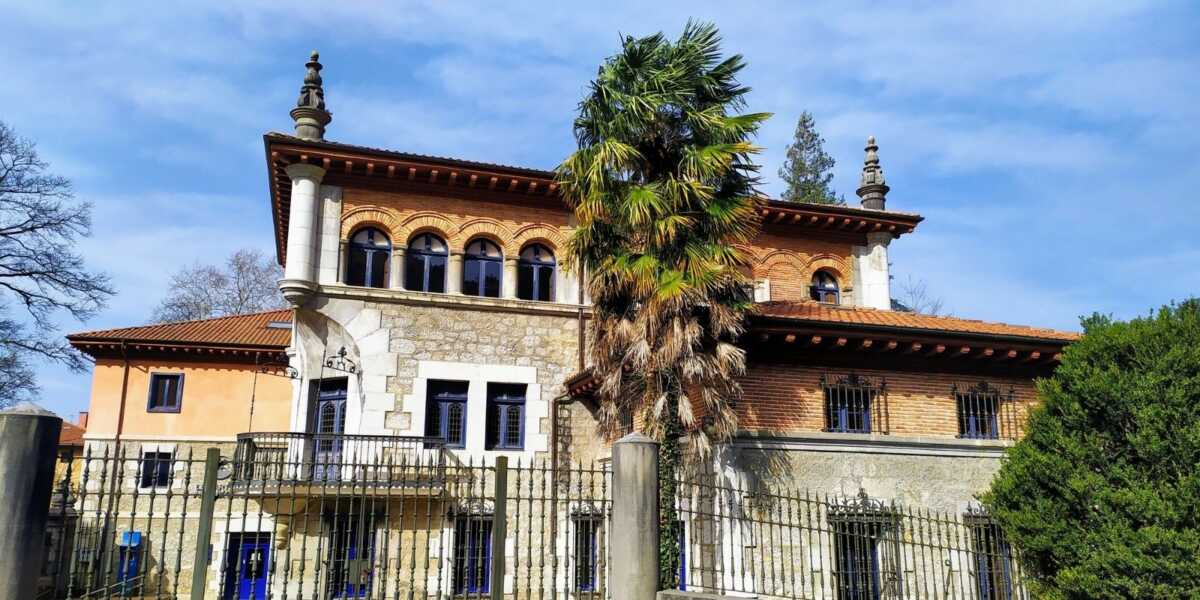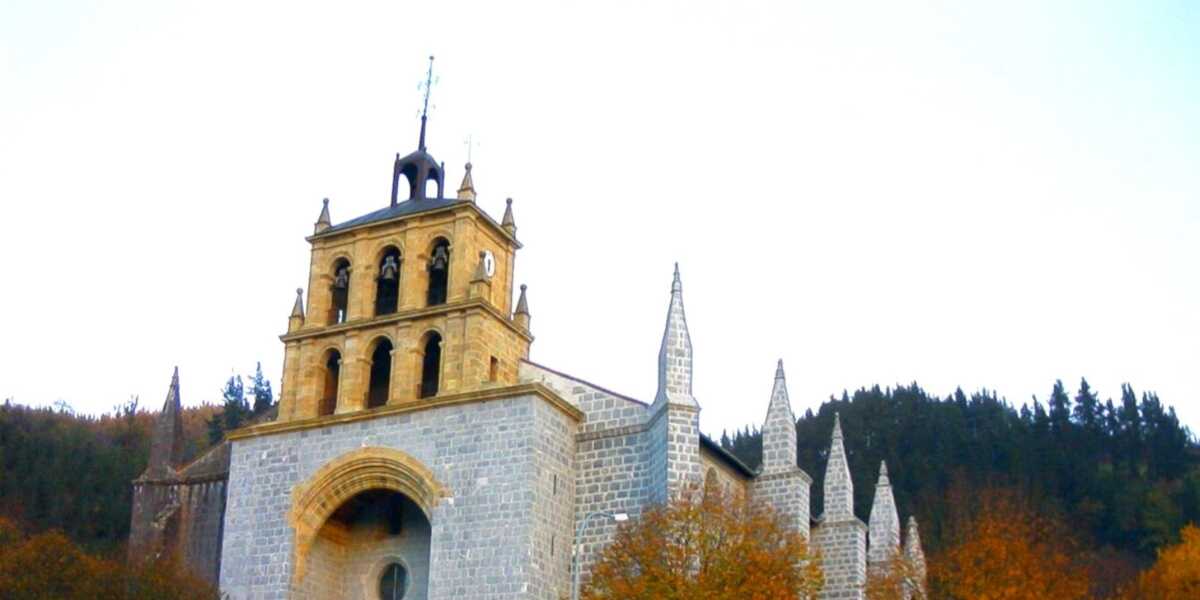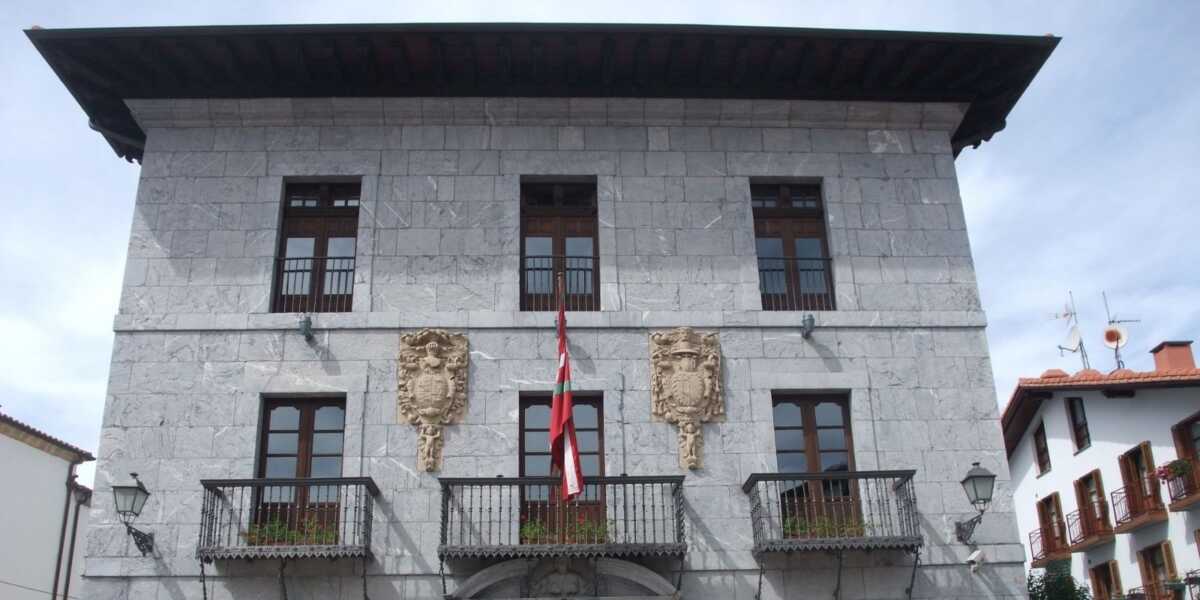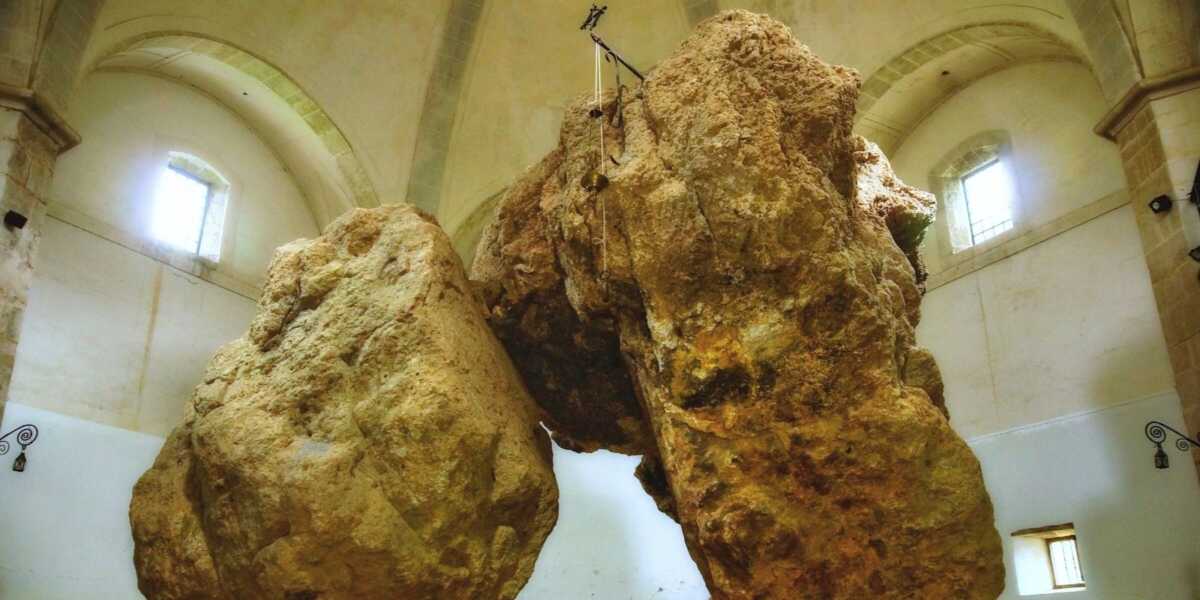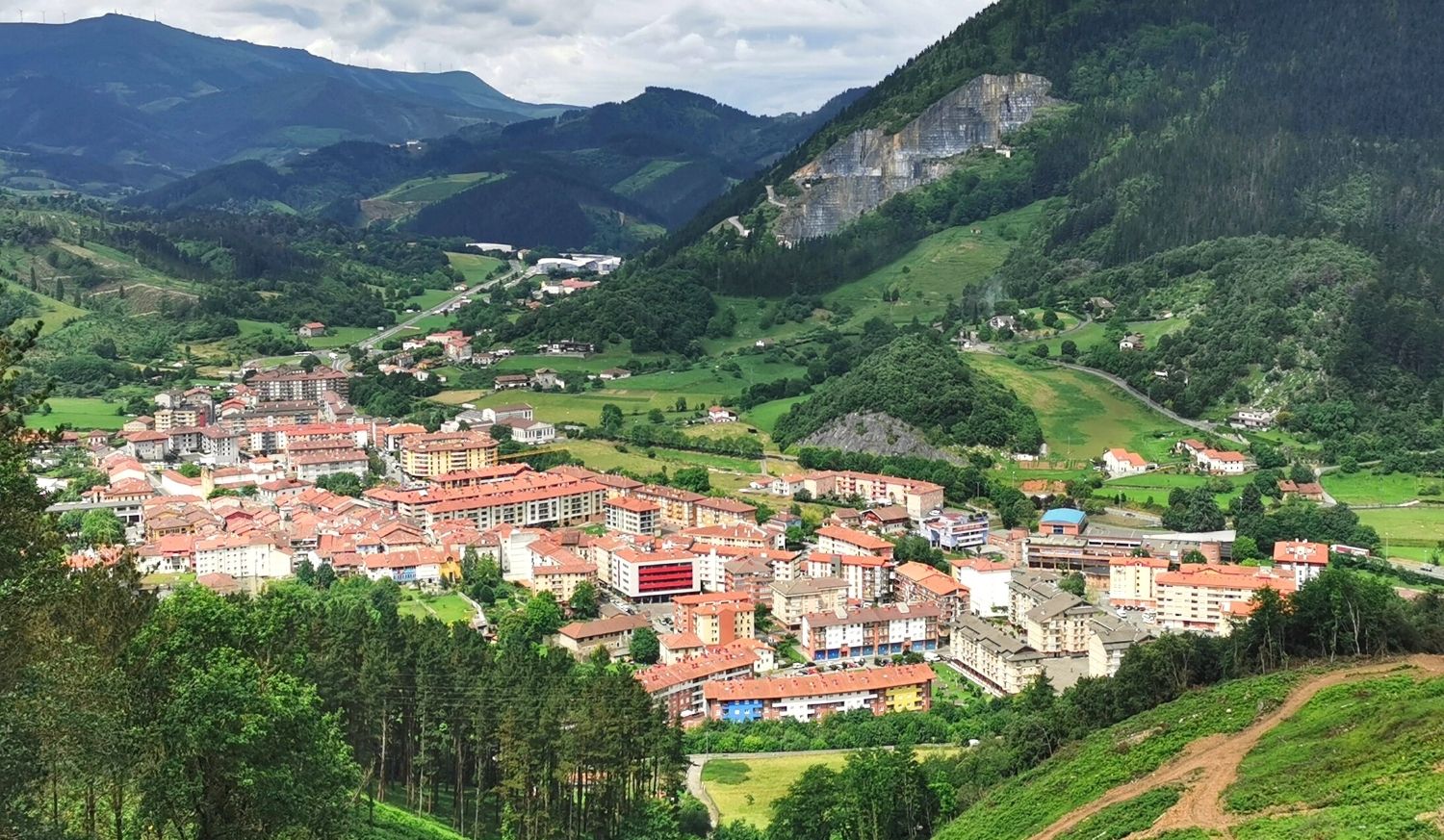
Information about Markina
Markina, whose official name is Markina-Xemein, is the birthplace of great Basque pelota players and is located on the Camino del Norte. The current municipality is the result of the merger of the population centres of Markina and the parish of Xemein. The rural and natural surroundings of Markina are of exceptional beauty and value.
A little history
This town was founded in the 14th century and a large part of its historic quarter still has its medieval layout. The old town is made up of numerous buildings and monuments of interest. Also, surrounding the main centre there are more elements that are worth a visit, such as the palace of Patrokua or the parish church of Santa María de la Asunción de Xemein, declared a National Monument of the Basque Country.
What to see and do in Markina
Patrokua Palace
It is the former residence of the Barroeta lineage. Its construction is divided into three phases from the 18th century to 1945. The space houses a beautiful baroque garden that contains a sculpture in honor of the writer and priest Juan Antonio Moguel. This garden is currently owned by the Lea Artibai school.
Church of Santa María de la Asunción
The location of this church is outside the limits of the current territory of Markina, due to the process of union mentioned above. Its construction is the result of the remodelling carried out in the 16th century on the old medieval temple, in which the preconceptions of the German hallenkirche of the Renaissance were followed.
Solartekua Palace
It is a baroque palace built in the 17th century, which currently houses the town hall of the municipality.
Hermitage of San Miguel de Arretxinaga
This beautiful chapel was built on the site of an ancient temple that was demolished in the 18th century. It has a hexagonal floor plan with a polyhedral roof on the same sides. The most representative of the temple are the three rocks that are inside, which are attached to each other simulating a small chapel.

